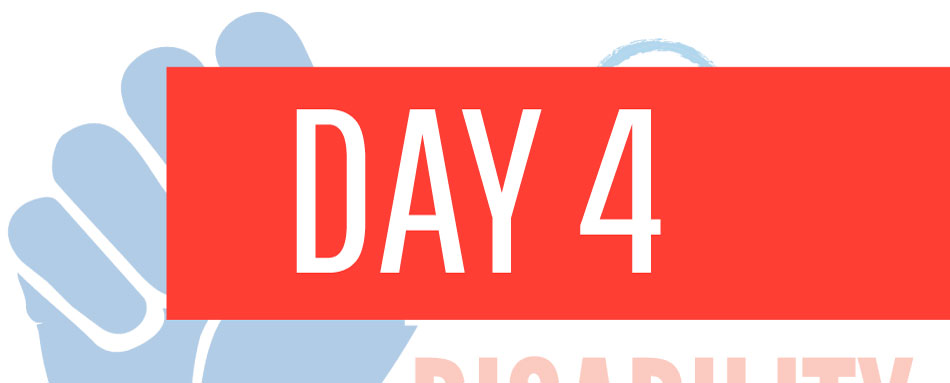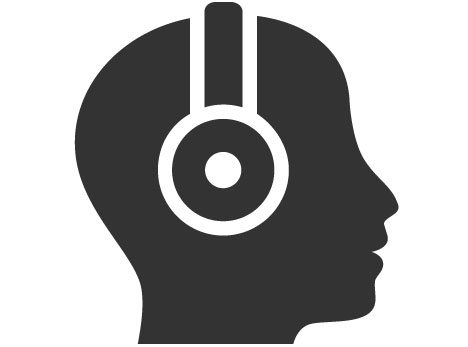
According to the Centers for Disease Control and Prevention, approximately 27% of adults in the United States, or 1 in 4, have a disability. However, a recent study found that in the top 100 films of 2022, only 1.9% of characters with speaking roles were depicted as having a disability. A lack of visibility in mainstream media contributes to marginalizing people with disabilities. An even smaller percentage of disabled characters in top films are also part of other marginalized groups based on race, religion, sexuality, and/or gender.
Perhaps even more insulting, research shows that in top television shows, non-disabled actors are cast as disabled characters 95% of the time. The fact that disabled characters are rarely portrayed by disabled actors can lead to damaging and inaccurate beliefs that people with disabilities cannot act or have no place in the media industry. The underrepresentation of disabled actors in the media not only perpetuates harmful stereotypes but has tangible effects on their professional lives. When non-disabled actors are consistently chosen to portray disabled characters, it sends a message that disabled people are not capable or talented enough to perform these roles, reinforcing societal misconceptions about their abilities.
This further marginalizes an already underrepresented group and leads to significant employment discrimination. As a result, people with disabilities face reduced opportunities to build careers in the entertainment industry. This lack of representation and opportunity extends beyond just acting roles; it impacts their access to educational and training programs related to careers in media, creating a cycle of exclusion. When they do not see themselves represented accurately and authentically on screen, disabled creators may be discouraged from pursuing their dreams, believing that there is no place for them in Hollywood, journalism, and other creative fields. These systemic issues not only impact individual aspirations but also deprive audiences of diverse and authentic storytelling.
On the rare occasion that someone with a disability is part of a cast, their disability is likely part of the plot—if Hollywood doesn’t have a reason to include a person with a disability, they generally don’t. All too frequently, when people with disabilities are represented in the media, they are stereotyped as villains, victims, heroes, or objects of inspiration. These stereotypes can lead to a misconception that people with disabilities are all the same, negatively impacting the lives of real people with disabilities.
Another area of the media where disability is poorly represented is in the news and journalism sector. Too often, journalistic depictions of disability are based on pity, remorse, or inspiration framed by anti-disability bias. The language that journalists use can also be demeaning and disrespectful, even when unintentional. To address these issues, the National Center on Disability and Journalism provides a useful Disability Language Style Guide on its website.
The media has an enormous impact on perceptions of disability in our society. People with disabilities deserve accurate representation.
![[Image description: Two pie charts titled “Limited Representation” depict the following statistics: 1) Around 27% of the US adult population has a disability; 2) In the top 100 films of 2022, only 1.9% of characters were depicted as having a disability. Disability Network Southwest Michigan blue and orange logo in upper left corner of the image.
Attribution: Disability Network Southwest Michigan (2024).
Data source: Centers for Disease Control and Prevention, Disability and Health Data System (updated May 2023), and The Ruderman Family Foundation, White Paper on the Challenge to Create More Authentic Disability Casting and Representation on TV (2017).]](https://unitedforscmi.org/wp-content/uploads/2022/08/dec4.jpg)
[Image description: Two pie charts titled “Limited Representation” depict the following statistics: 1) Around 27% of the US adult population has a disability; 2) In the top 100 films of 2022, only 1.9% of characters were depicted as having a disability. Disability Network Southwest Michigan blue and orange logo in upper left corner of the image.
Attribution: Disability Network Southwest Michigan (2024). Data source: Centers for Disease Control and Prevention, Disability and Health Data System (updated May 2023), and The Ruderman Family Foundation, White Paper on the Challenge to Create More Authentic Disability Casting and Representation on TV (2017).]

Read
- Jason Dowart, HuffPost – Disabled Actors Deserve To Blend Into The Background, Too
- Hannah Shewan Stevens, Radio Times – All the Light We Cannot See Shows Disabled Actors Are Crucial for Disabled Roles
- Vyoma Raman, Disability Visibility Project – …Felt Half Seen
- Imani Barbarin, Refinery29 – Death by a Thousand Words: Covid-19 and the Pandemic of Ableist Media
- Content Note: Ableism and medical discrimination against disabled people, sometimes resulting in death.

Listen
- NPR: Maysoon Zayid: Should Humor Make Us Uncomfortable? (12:00)
https://www.npr.org/2017/03/24/520942616/maysoon-zayid-should-humor-make-us-uncomfortable
- (transcript) https://www.npr.org/transcripts/520942616)

Watch
- Communication First – LISTEN (5:25, includes captions and audio description, transcript here)
- #IAmNotYourVillain (3:04, includes captions)
Discussion
- Can you think of two movies or shows that have included a person with a disability when the person’s disability was not integral to the story?
- How do you think people with disabilities being more equitably represented in the media would affect our society’s general perception of disability?
- What do you think about non-disabled people playing the roles of people with disabilities? Why do you think non-disabled actors are more likely to be cast as disabled characters?
- Think about your favorite TV show. Do 25% of the characters have some form of disability? How might having more characters with disabilities change the show?
